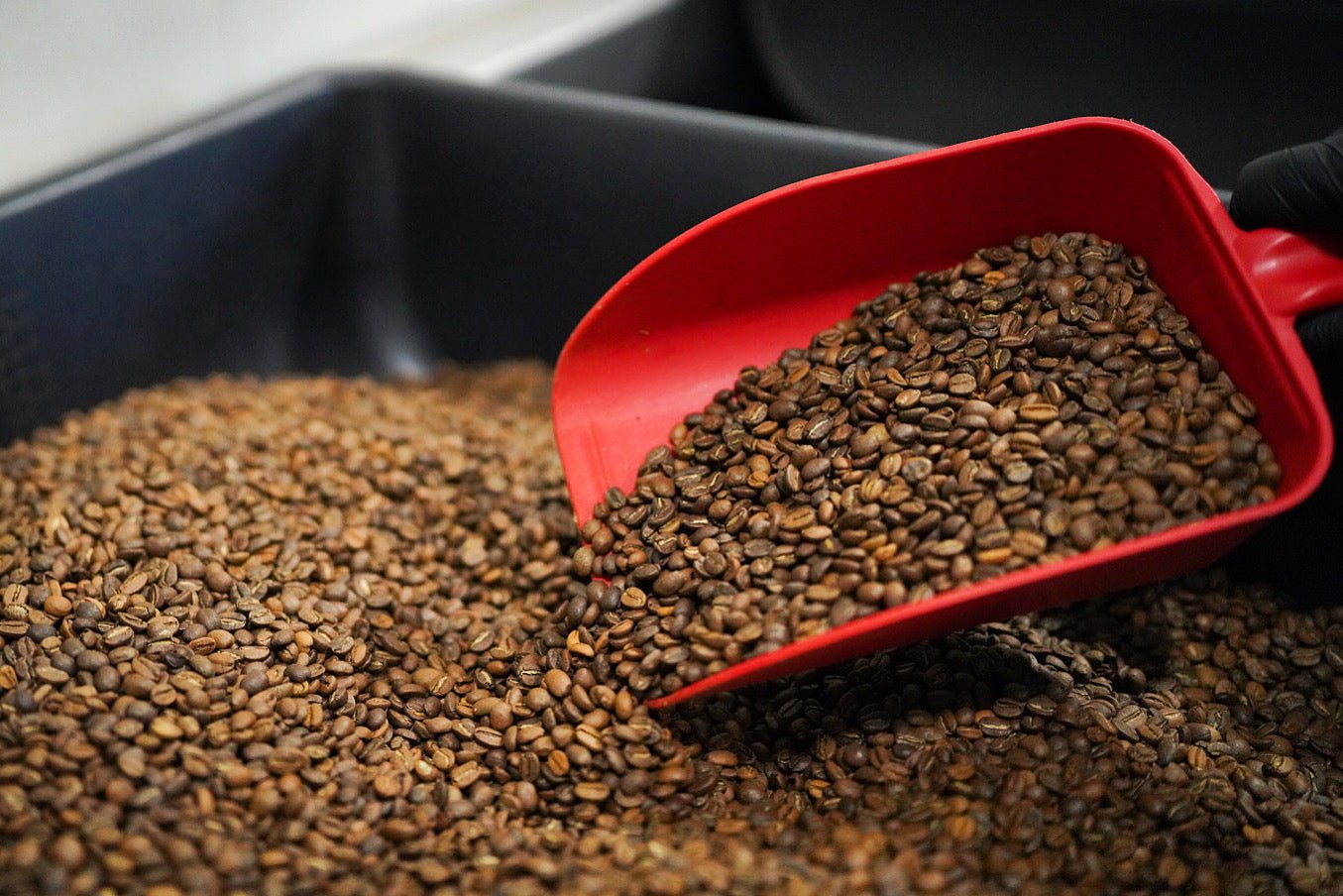The Coffee Belt is a region located around the Earth's equator, stretching from the tropics of Cancer to the tropics of Capricorn. This region is characterized by its warm and humid climate, which is ideal for growing coffee. The Coffee Belt is the main area in which coffee is grown commercially, and it is estimated that over 60% of the world's coffee is produced in this region.
The Coffee Belt is composed of countries in South and Central America, Africa, and Asia. Some of the most important coffee-growing countries in the Coffee Belt include Brazil, Colombia, Ethiopia, Honduras, and Vietnam. The region is divided into two main areas, known as the Arabica Belt and the Robusta Belt.
Arabica coffee is known for its delicate and nuanced flavor, and it is often considered the finest coffee in the world. Arabica coffee is grown at higher elevations, usually above 3,000 feet, and it requires a specific climate to grow well. Robusta coffee is known for its strong and full-bodied flavor, and it is often used in commercial coffee blends. Robusta coffee is grown at lower elevations, usually below 3,000 feet, and it is able to grow in a wider range of climates than Arabica coffee.
The Coffee Belt plays a crucial role in the world's coffee production, and it is responsible for providing the majority of the coffee that is consumed worldwide. The region is home to millions of coffee farmers, who rely on coffee for their livelihoods. In recent years, coffee growing regions have faced many challenges, such as climate change, disease outbreaks, and economic instability, which have threatened the sustainability of coffee production in the region.
Despite these challenges, coffee remains an important part of global industry, and it continues to play a vital role in providing coffee to the world. As coffee continues to be one of the most widely consumed beverages in the world, the importance of the Coffee Belt and its coffee-growing countries cannot be overstated.


